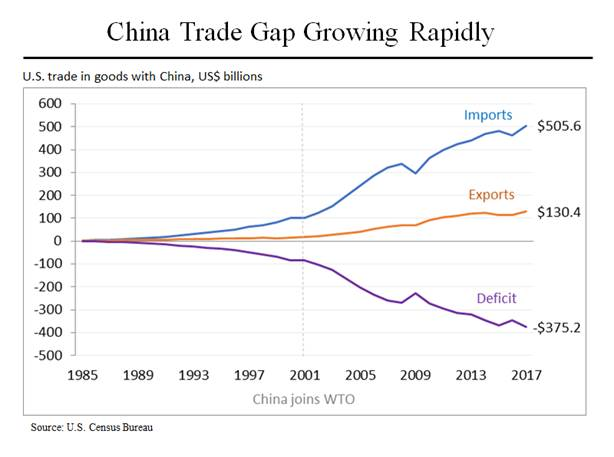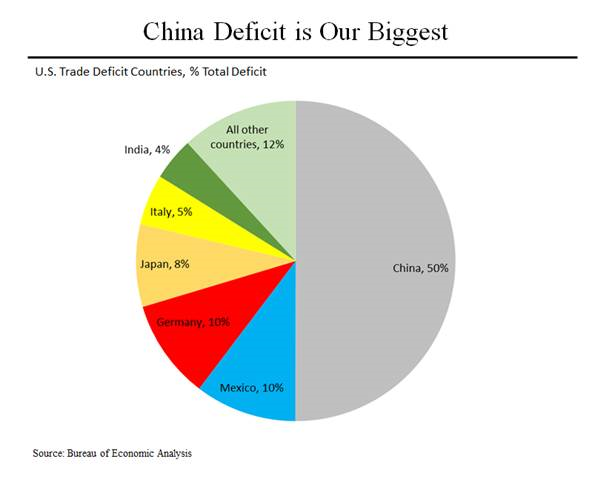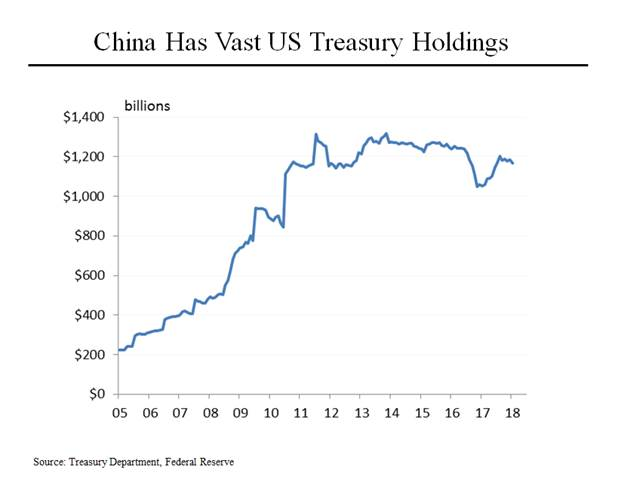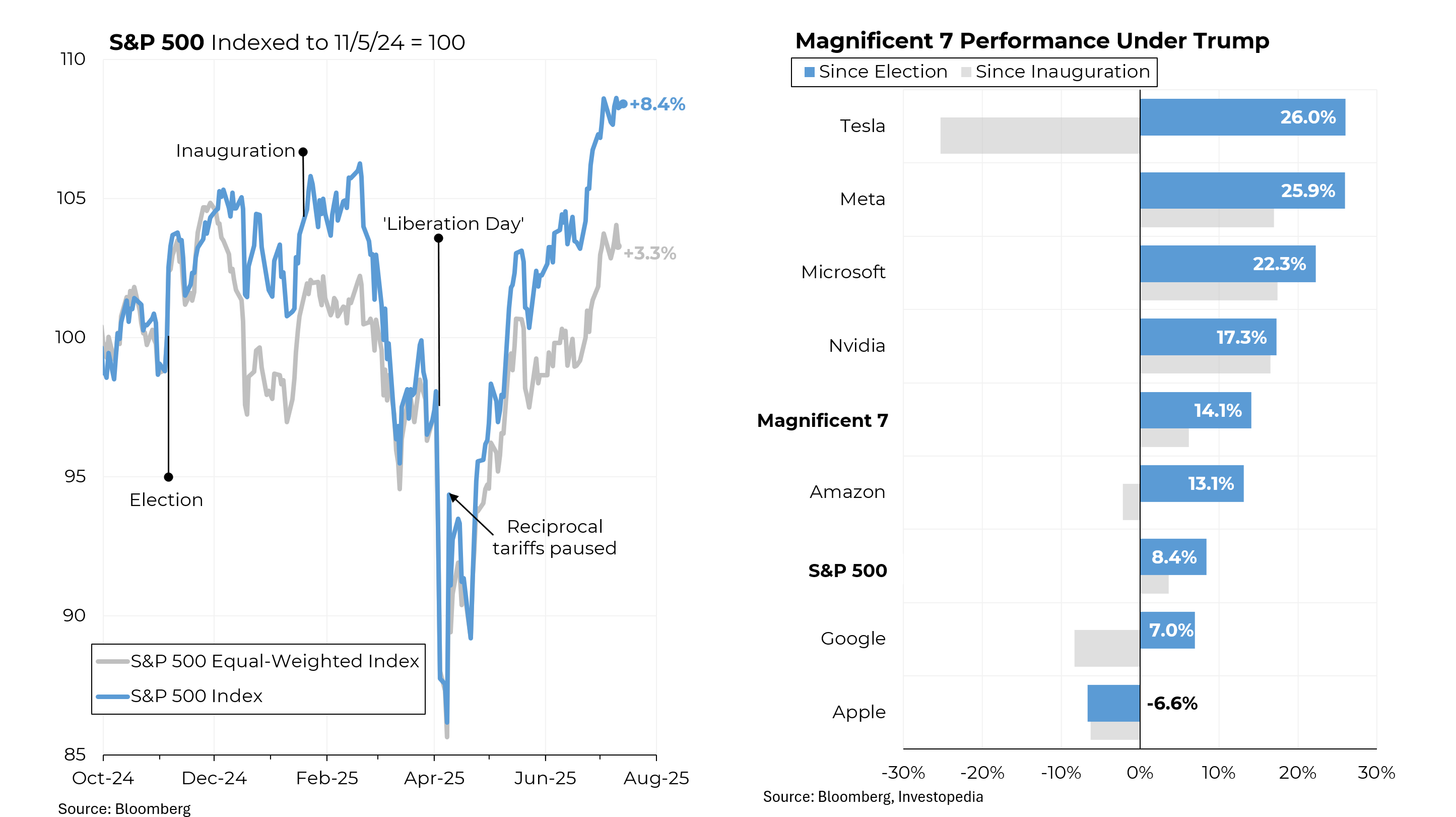On MSNBC’s Morning Joe today, Steven Rattner discussed that while China has been a terrible trading partner, Trump’s approach to fixing the problem has been disruptive and unnecessarily confusing.
President Trump’s handling of the trade issue has arguably been ham-handed at best, but in at least one respect he is correct: China has been a terrible trading partner. In the 17 years since it was admitted to the World Trade Organization, the world’s second largest economy has continued to bend and break rules to advantage its own companies at the expense of those of other countries.
As recently as three decades ago, before China began to modernize its economy, we barely had any trading relations with China. Then starting in the 1990s, we began to liberalize our trade rules with China, culminating in its admission to the World Trade Organization in 2001. At that point, our imports from China were only about $100 billion a year and so even though our exports were negligible, our deficit was only a relatively small part of our overall trade deficit of about $350 billion.
From there, things have exploded – and not in a good way. Our imports from China have roughly quintupled while our exports have grown only to $130 billion, leaving a $375 billion deficit. While much of this occurred because of China’s emergence as a genuine industrial power, other reasons included China’s propensity to manipulate its currency (not happening at the moment) and its practice of erecting non-tariff barriers (like forcing American automobile companies to set up joint ventures in China.)
Equally worrisome, China has used those joint ventures and other leverage to insist on sharing in American intellectual property and stealing it as necessary.
Now China has embarked on Made in China 2025, an effort to become the national leader in robotics, artificial intelligence and other high tech industries that it became in conventional manufacturing.
As a result of those factors, our trade deficit with China accounts for fully half of our overall deficit of $675 billion. That’s far larger than the $10 billion deficit we run with Mexico.
That said, we cannot blame China for all of our trade problems. We run deficits – albeit smaller ones – with countries like Germany and Japan and even Italy.
And on the other hand, a number of countries run trade surpluses with China. Many of them are suppliers (Australia, Brazil, Oman, etc.) are suppliers of raw materials to satisfy China’s vast. But some European nations, including Switzerland, Germany and Japan, have trade surpluses with China.
So some of our problems with China are self-inflicted; for example, our large federal budget deficits, which suck imports and capital into the United States.
While giving the Trump credit for highlighting the problem, it is hard to imagine a more confusing and disruptive way to handle it. Let’s not forget that China is the largest single holder of Treasury debt, with about $1.2 trillion. Imagine if they woke up one day and decided to start selling.
Here are some more practical ways to address the China issue:
–Reengage in the Trans-Pacific Partnership. This would have created an alliance of free trading nations, mostly in Asia, and deliberately excluding China
–Work with other nations, as we do on many issues, to take a multilateral approach to China, rather than a unilateral approach
–Push harder for the WTO to discipline China and if necessary, suspend or expel them from the organization
–Reconsider the border adjustment tax, which would have helped our overall balance of trade problem
–Get our own house in order – for example, by bringing down our budget deficit, which sucks in imports and capital to finance our debt








